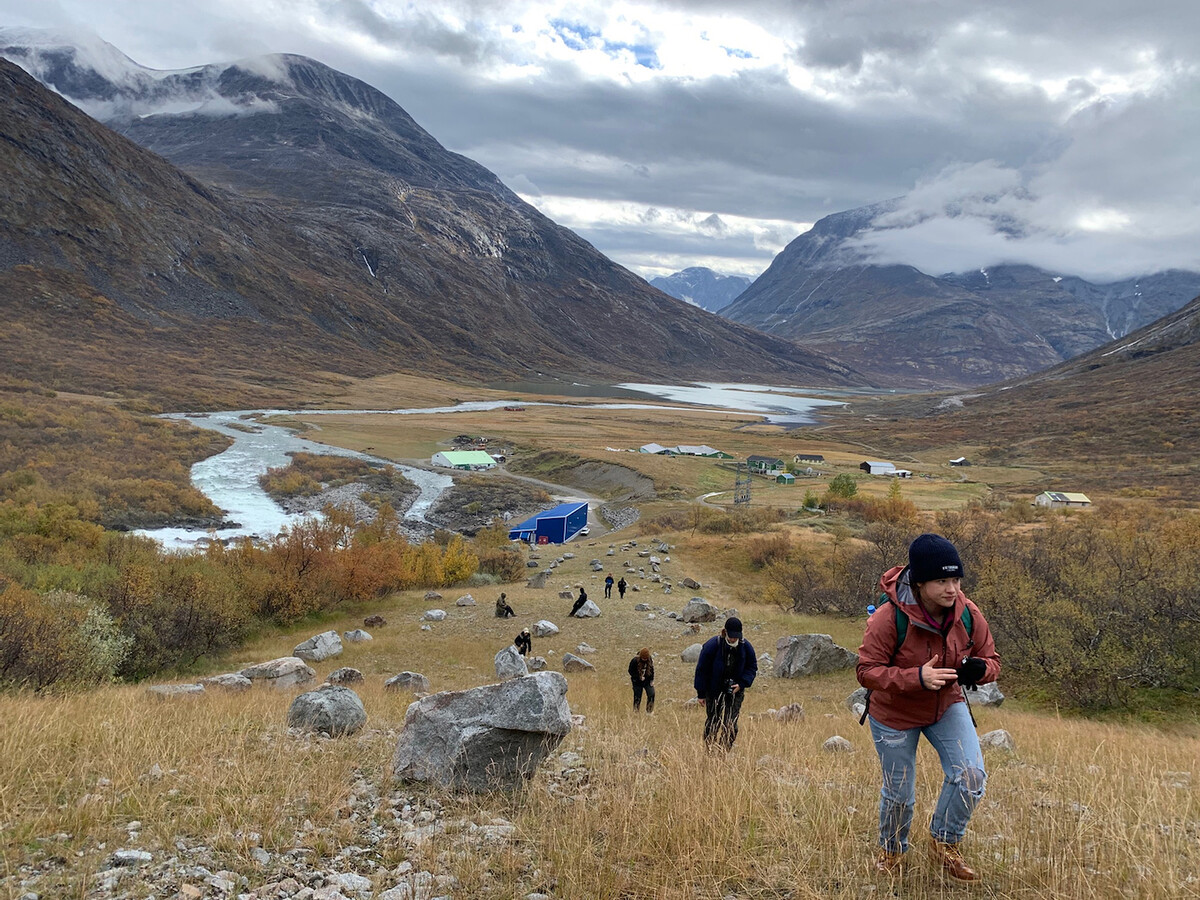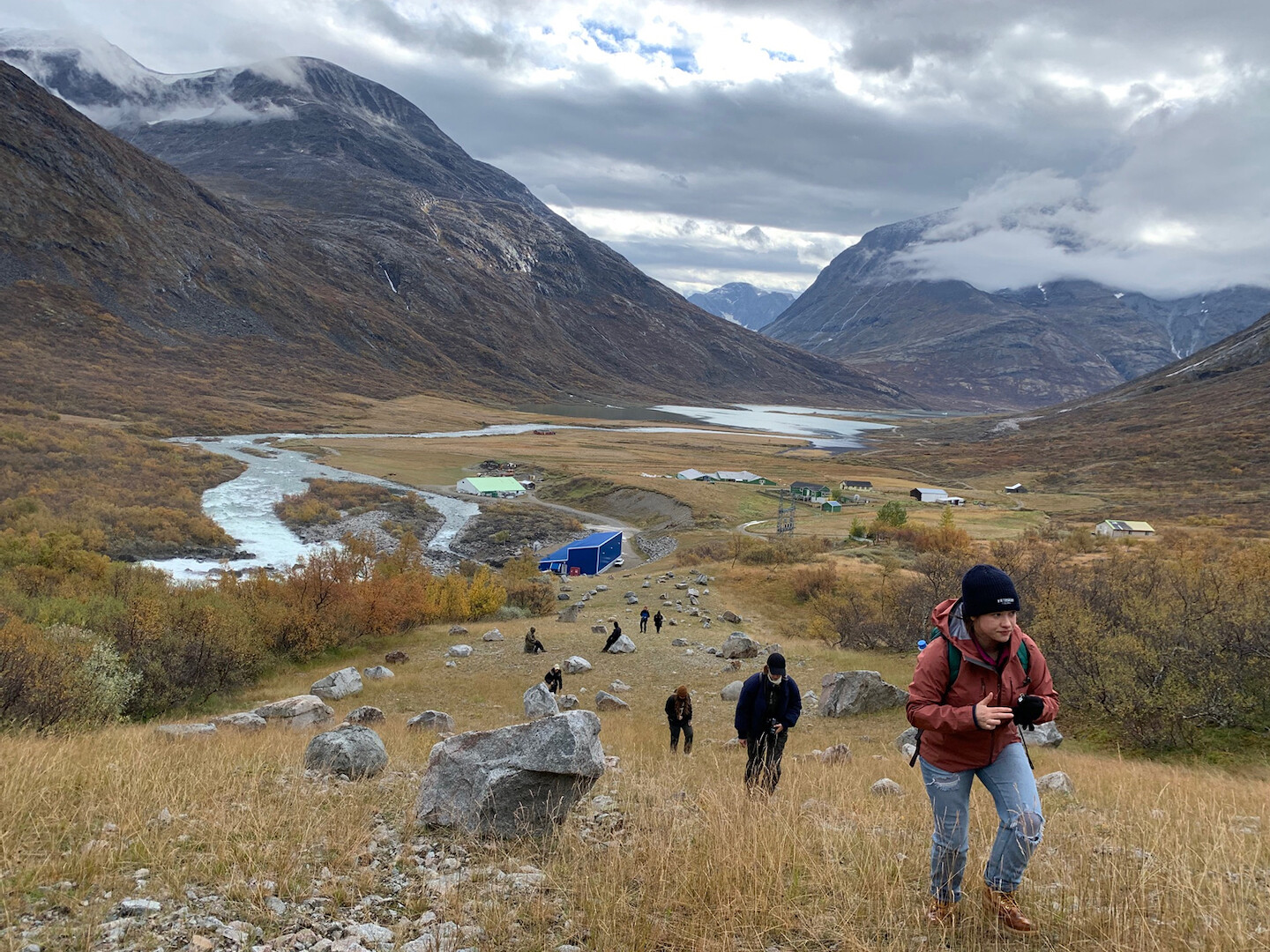e-flux Architecture Lectures
Free admission
June 22, 2023, 7pm
172 Classon Ave
Brooklyn, NY 11205
USA
e-flux Architecture presents “Fire, Ice, and Ore: Arctic Elements, Indigenous Resistance, and the Global Energy Transition,” a lecture by Billy Fleming at e-flux on Thursday, June 22 at 7pm.
The struggle for climate justice is a generational project. Though it is often framed in abstract terms—warming scenarios, emissions pathways, integrated assessment models for damages, and fuel mixes in the grid—it is rarely experienced this way. Rather, the global energy transition and the broader struggle for climate justice are often understood—and thus won or lost—in materialist terms: through investments in the buildings, landscapes, public works, and built environment that stitch together everyday life for most people. This is the proposition at the core of Green New Dealers’ program—to transform how and where we live and relate to one other by tackling carbon emissions and inequality at once.
But these forces extend well beyond the boundaries of a parcel of building envelope where designers typically engage with questions of climate action. The technologies at the core of the energy transition—solar photovoltaics, wind turbines, battery farms, data centers, and advanced nuclear power—all depend on a planetary supply matrix of rare earth elements and critical minerals. These pockets of exceedingly valuable ore tend to be developed in the Global South—and especially in the most remote locations of the Global South, where rules, laws, and norms can be suspended or ignored by multinational mining companies without the scrutiny of local or international press. The poles of this process—the mines and the end-use technological deployments—are linked through a network of waste disposal sites, manufacturing hubs, renewable energy deployment zones, and the various labor and logistical forces that make them all possible.
One of those poles rests in South Greenland’s Kvanefjeld Mine—an erstwhile uranium mine that was key to the Allies’ postwar nuclear energy and weapons programs, that was subsequently decommissioned after decades of anti-mining militancy by a local group of Inuit activists known as Urani? Naamik! (Uranium? No thanks!). But prospectors have since discovered that the mine is home to the world’s second-densest deposit of rare earth elements and critical minerals that, coupled with Greenland’s postcolonial relationship with Denmark, and the region has entered a state of suspended reality as interested parties wait for the Danish court system to rule on exploitation licenses for the site.
This lecture will situate Greenland within the global energy transition and implicate its future in that of the Global North. Put another way, this lecture will ask what it means for resource communities like Narsaq, Greenland for the U.S. and other imperial powers to pursue the kind of resource-intensive energy transition that is now underway.
“Fire, Ice, and Ore” is presented as part of e-flux Architecture Lectures, a monthly series inviting researchers and practitioners to discuss timely issues in contemporary architecture, theory, culture, and technology.
For more information, contact program@e-flux.com.
Accessibility
–Two flights of stairs lead up to the building’s front entrance at 172 Classon Avenue.
–For elevator access, please RSVP to program@e-flux.com. The building has a freight elevator which leads into the e-flux office space. Entrance to the elevator is nearest to 180 Classon Ave (a garage door). We have a ramp for the steps within the space.
–e-flux has an ADA-compliant bathroom. There are no steps between the event space and this bathroom.

